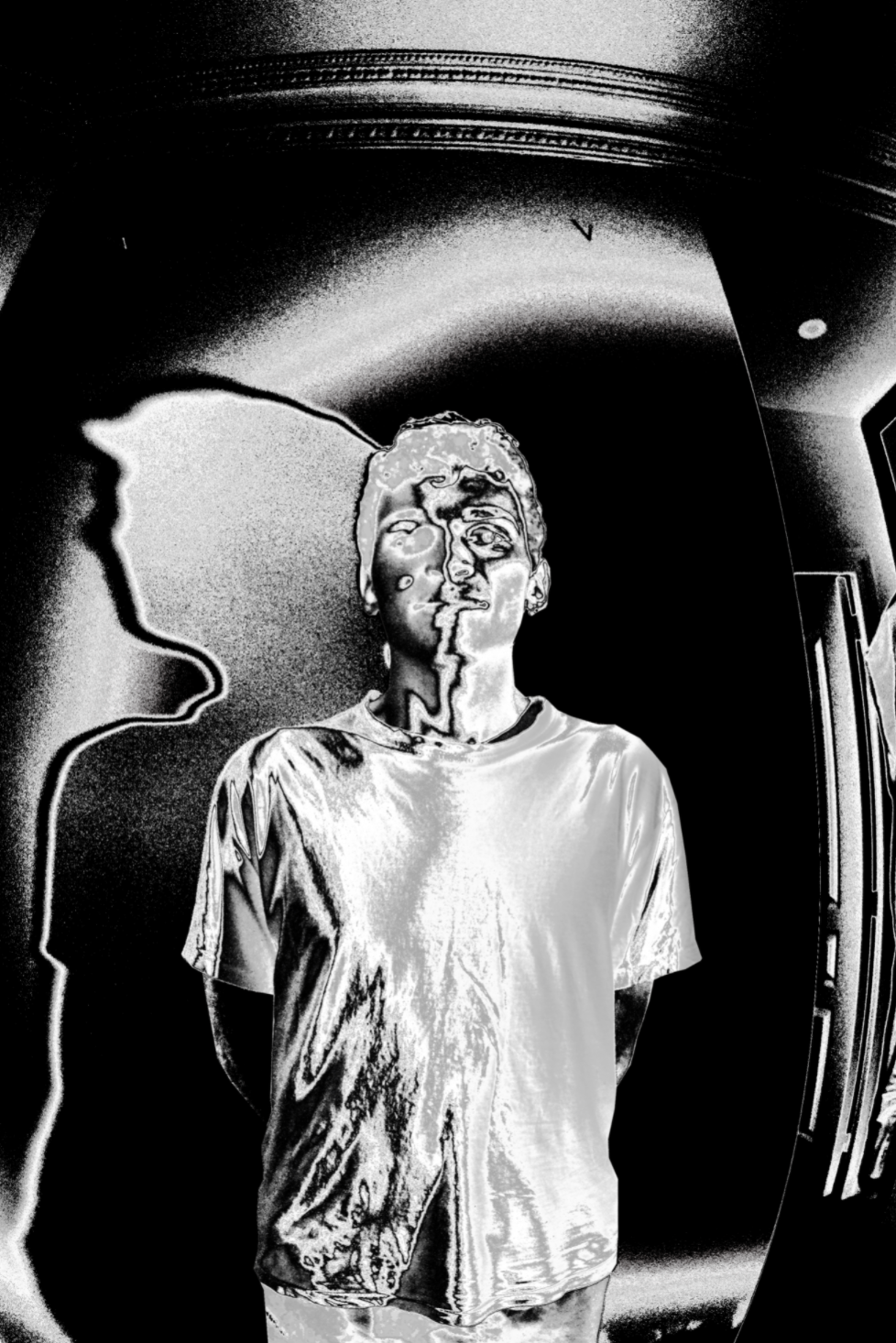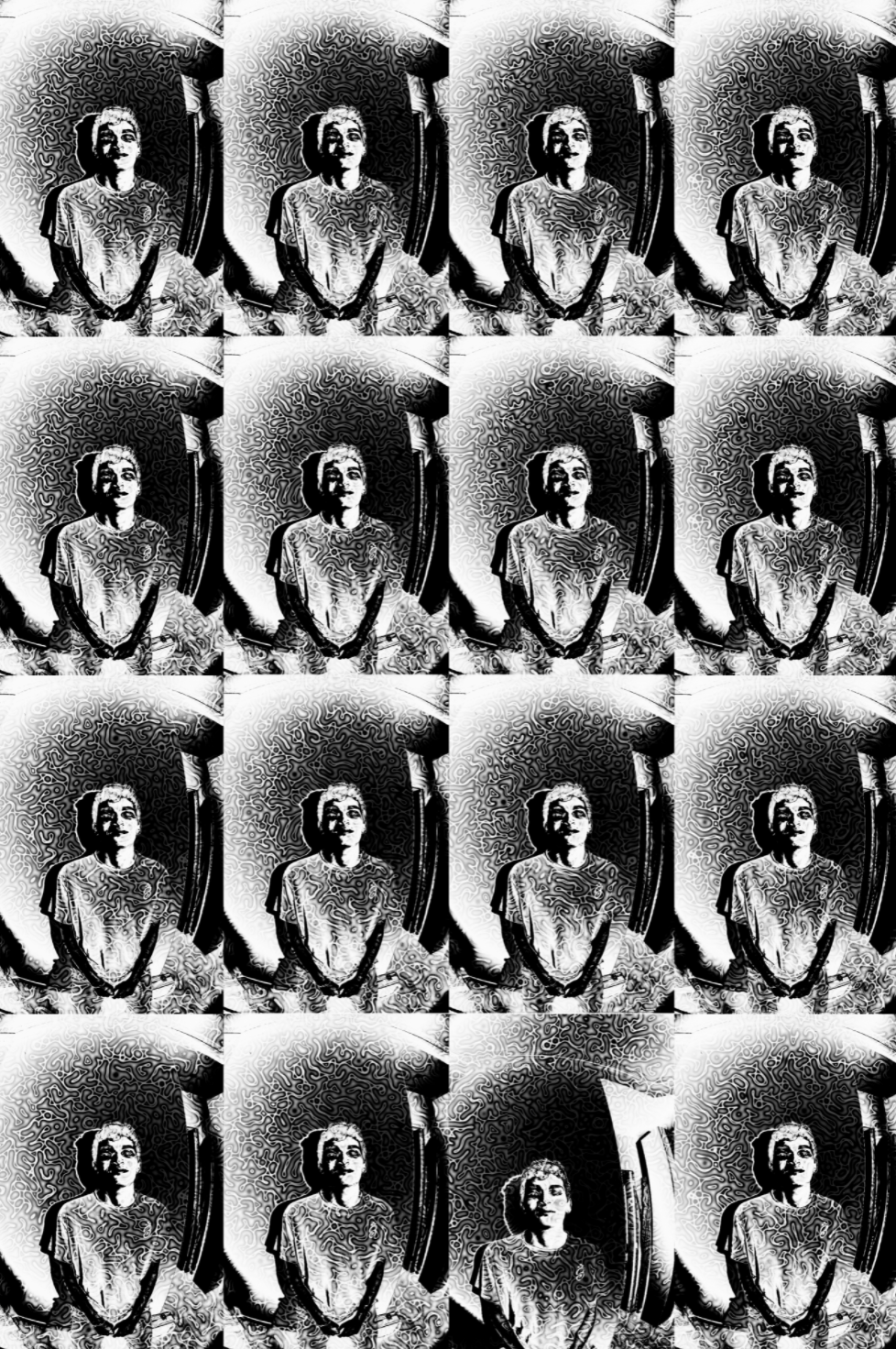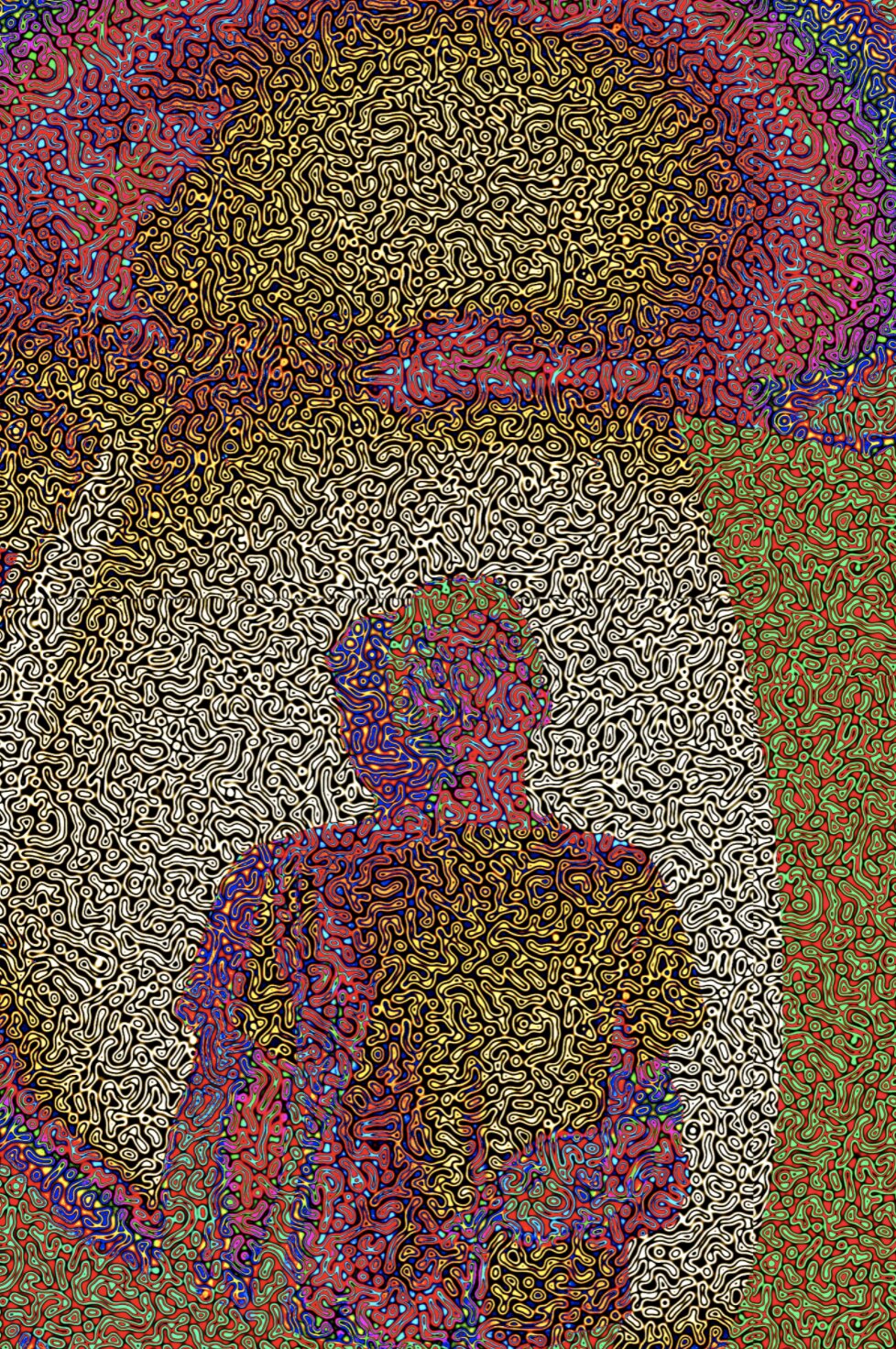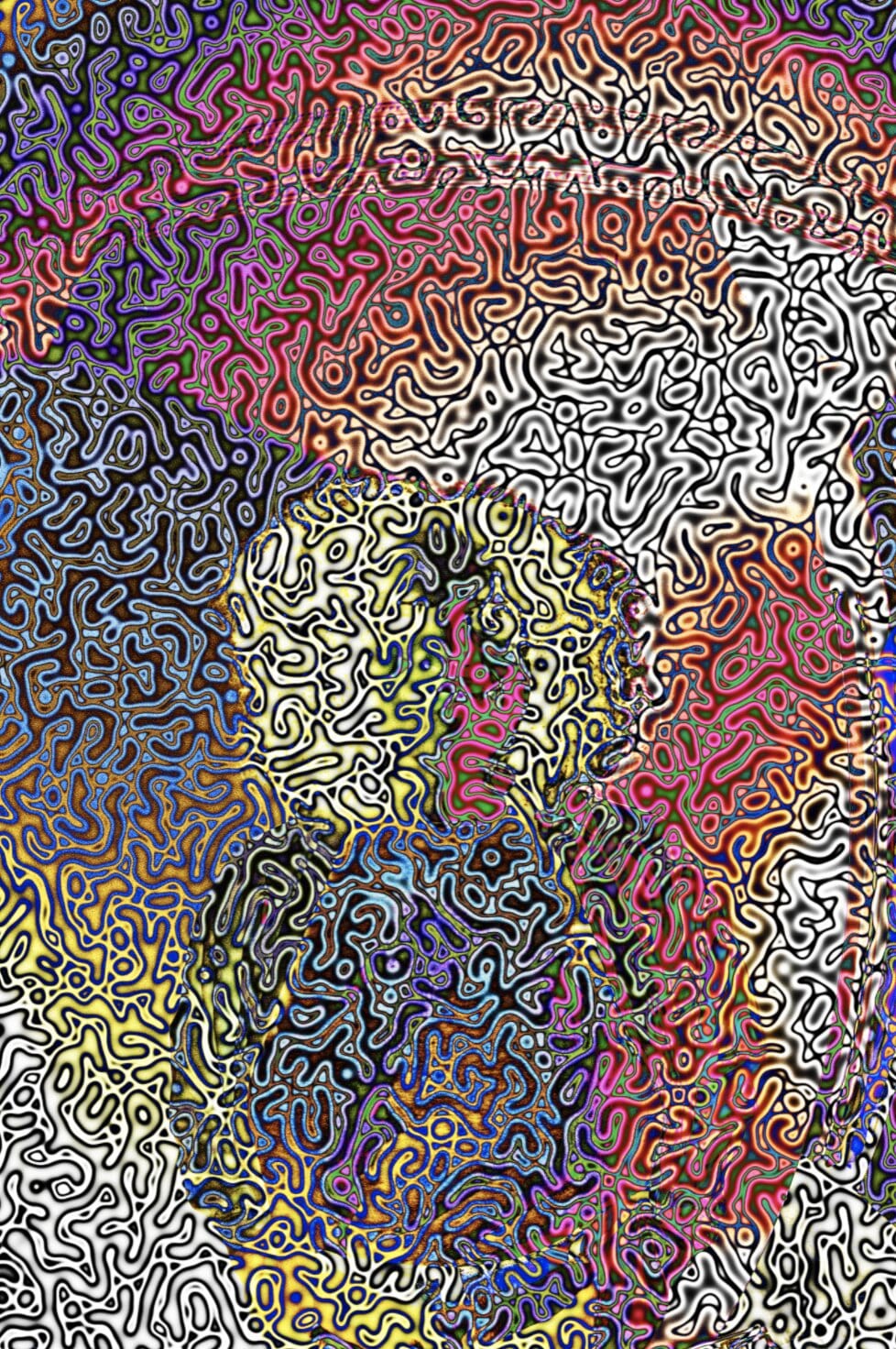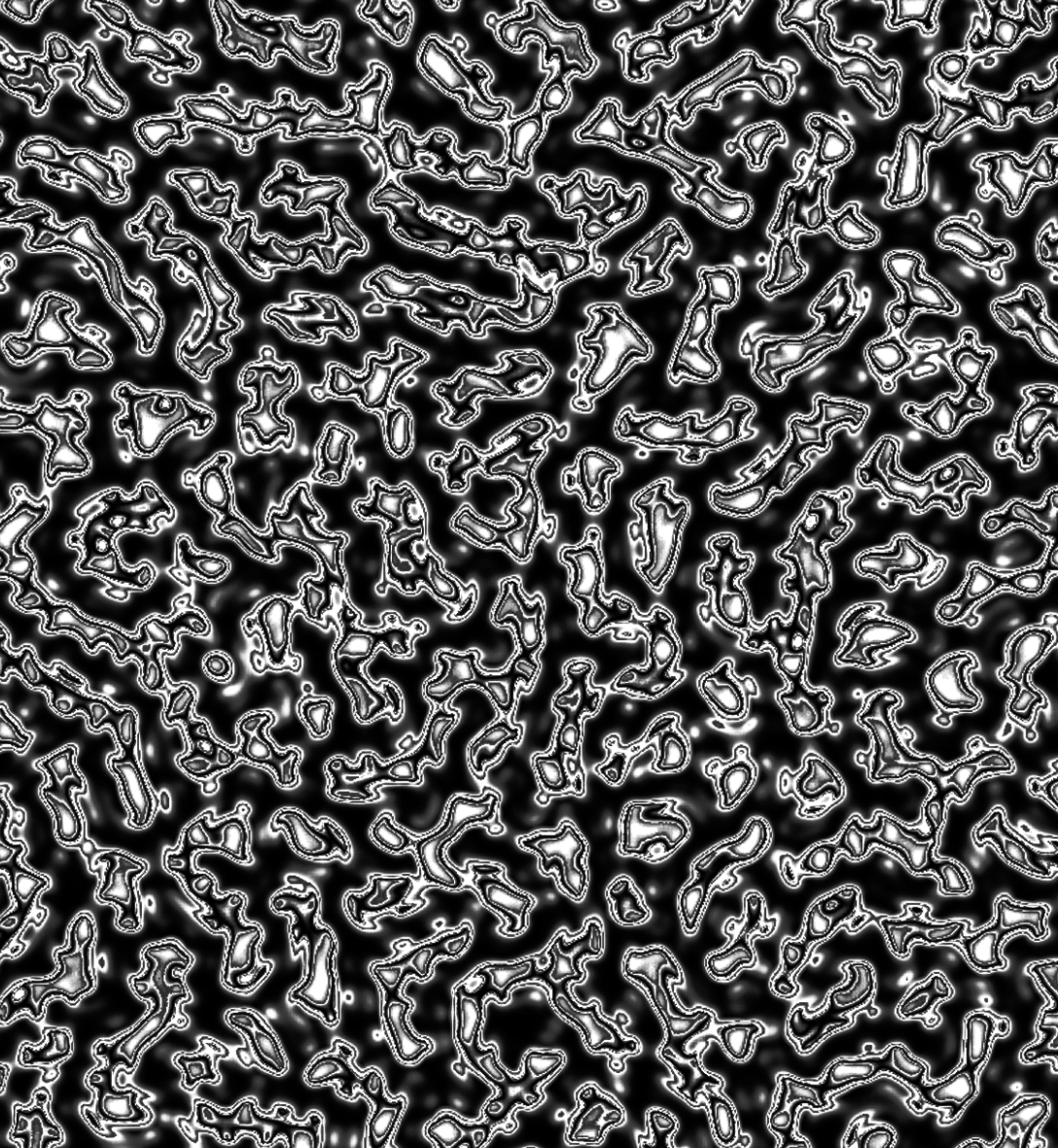Light Bosons
Zas Ieluhee
Image Artwork
makine vizyonu ve hissetmek
dil :
en fr
neural-networks-deep-learning datasets categories-classifications biometrics artwork
The Light Bosons series was made to illustrate how close to the human psyche, AI and machine learning really are. Actually, I strongly believe what we call artificial intelligence (AI) today is, in reality, one layer of animal / human intelligence.
For that, I attempted to give an illustration to AI vision based on research I’ve made on machine learning, neural networks (CNN(1) and RNN(2)), Turing patterns and sigmoid functions.
And so, this series is divided in 3 distinct parts:
- Error function : It refers to the type of function machines use to identify objects/ subjects in a picture or video. The penalty for failing to achieve the expected output (i.e.recognizing the right item/individual in a picture) is understood as the « error ». If the loss is calculated for a single training example, it is called loss or error function.
- Activation : When an image or video (input) is presented to an AI for training, it can be translated to a list of codes (numbers) or subdivided into little units (comparable to what a pixel is to an image). Those units are then attributed « activation » values between 0 and 1. 0 would describe a total absence of data meanwhile 1 is the opposite.
- Vector fields : Where I try to use Turing patterns as representative of data. AI memory can rarely mimic that of a human being. This is why the amount of training an AI receives impacts how fast and efficient it is. Without the processing of numerous data, an AI wouldn’t be able to behave the way we want it to.
In this part of the series, two images are processed in the same manner. But because of the variety in the density of the patterns, more or less detail from the original photographs are perceptible.
For the photographs I decided to use a fisheye lens because of the way it bends spacetime. Since AI machines can not interact with the world and don’t process information identically to us, I thought the notion of non-euclidian spaces(3) was relevant in this context.
The use of black, white and grey is there to create the impression of flattened volumes. Here, the depth of perspective is visible thanks to its « edges » not because of shadows (how you would normally discern depths and volumes with your human eye).
The colors represent the light spectrum. My intention here was to represent information and data again.
1 Convolutional Neural Network: which is a type of acyclic machine learning that is inspired by animals cortex vision.
2 Recurrent Neural Network: as its name indicates, it is a neural network that focuses on creating patterns across time.
3 Space where nothing is perpendicular or parallel.
